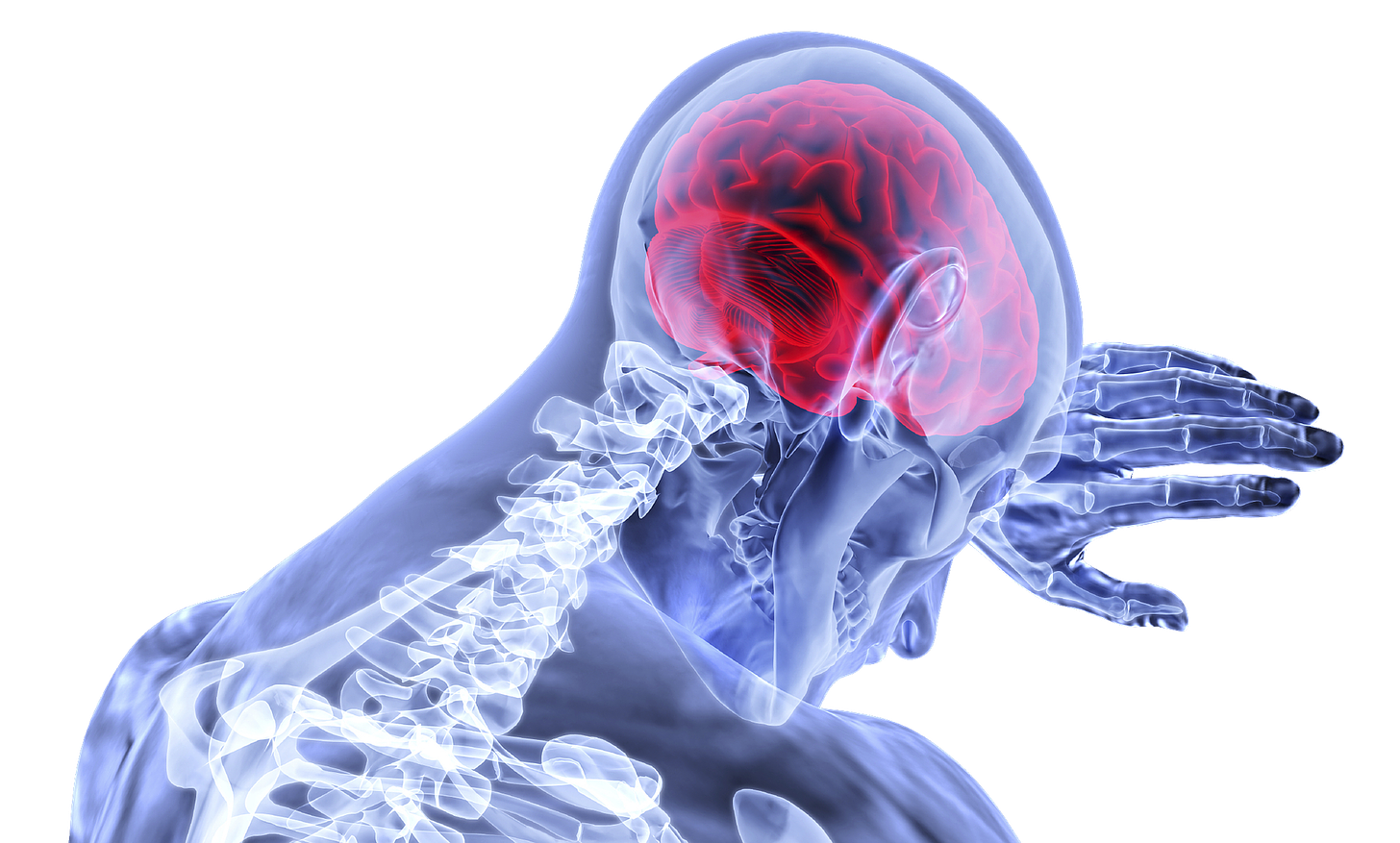How the Human Brain Fights Fear

Have you heard the elders say that if you fear something, make sure you face it head on. Running away from your fears never resolves anything. The fears simply keep growing and can make you live a partial life full of psychological issues.
Amygdala is the part of the brain associated with fear. There is another area of the brain called hippocampus – which is associated with memory and spatial navigation. It works in contextualizing fear by associating fearful memories to certain events or locations. That is why perhaps the “exposure therapy” – where you are exposed to your fears in a “safe” environment in controlled conditions so as to manifest that same situation in a “safe” context – you may not experience the fear for that time. But since the fear is suppressed, not eliminated, it can come back when the exposure therapy’s impact wears off.
Now a study by Neuroscientists at The University of Texas at Austin helps explain why the impact of exposure therapy is temporary and not permanent. The study findings say that you can train your hippocampus to create positive memories related to the object of your fear so that these positive memories compete, and outclass the negative memories with that object or situation in your amygdala. These competing memories are known as “extinction memories”.
“Extinction does not erase the original fear memory but instead creates a new memory that inhibits or competes with the original fear,” said Michael Drew, associate professor of neuroscience and the senior author of the study, to Science Daily. “Our paper demonstrates that the hippocampus generates memory traces of both fear and extinction, and competition between these hippocampal traces determines whether fear is expressed or suppressed. (source)
This new study, published in journal Nature Neuroscience, suggests that if one is exposed to the fear incrementally such that one is able to handle that situation in a more positive and better way, then extinction memories will be triggered.
The scientists tried to see how they could prevent a relapse of fear with suppression of the extinction neurons.
Using optogenetics – a method that uses light-based tools to modulate molecular events – the researchers were able to artificially induce fear in the mice in two ways: stimulating neurons associated with fear, and silencing neurons associated with the extinction training. Similarly, the researchers managed to reduce fear by silencing the fear-related neurons and stimulating the extinction neurons.
The firing of these neurons and their activity suppresses fear. It does not eliminate it. So, for the psychologists and those working with patients of PTSD, etc, it is critical to know how much and how often to work on these neurons and memories. This can be a delicate subject to face head-on, as there are many different ways people have helped themselves battle mental health issues such as PTSD that may work for some but not for others. For example, in lieu of this, they may go for medical marijuana to help reduce that stress response their body goes into during these times, it all depends on how they want to take this substance and in what capacity. They may go for an edibles huntington beach service or a marijuana delivery service. Whichever way they choose to go, they are doing this for their mental strength, and there is a myriad of ways this can be achieved.



